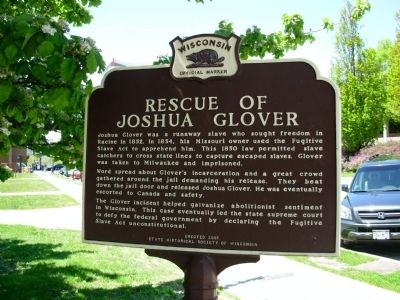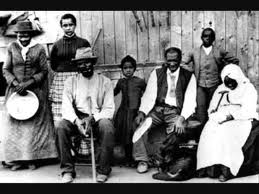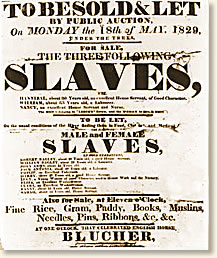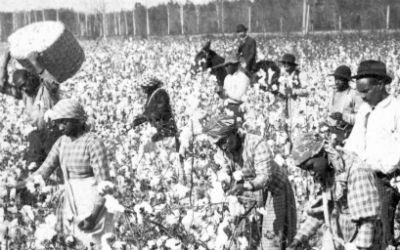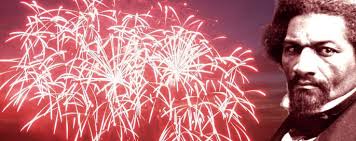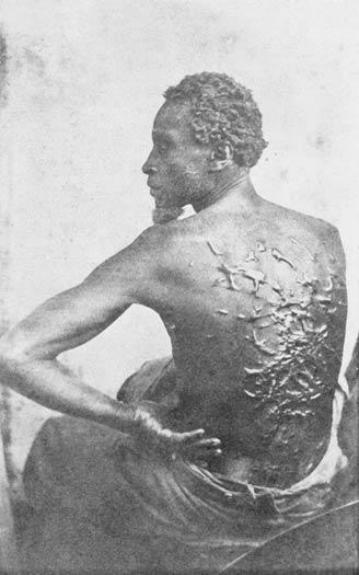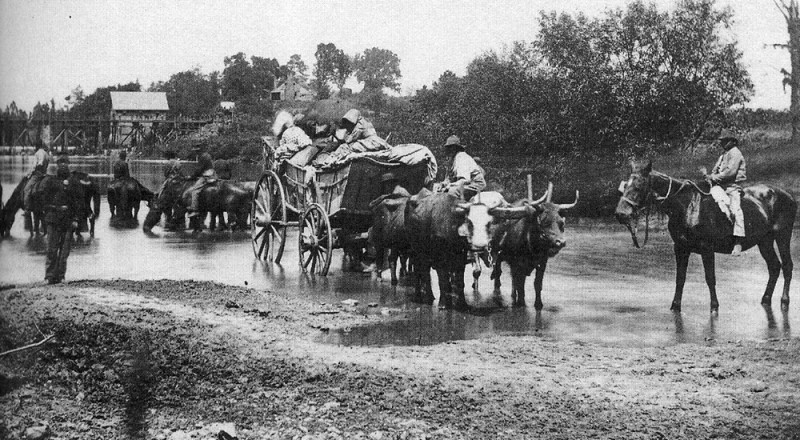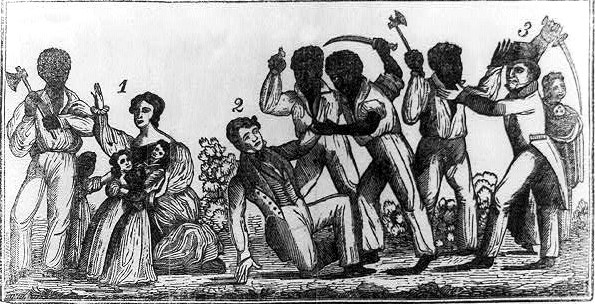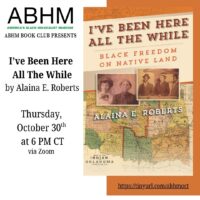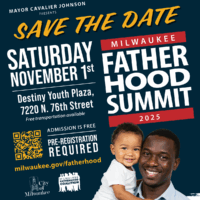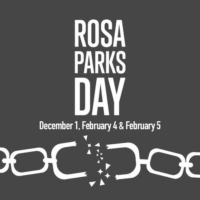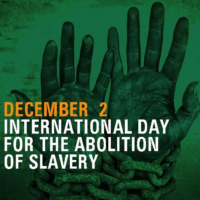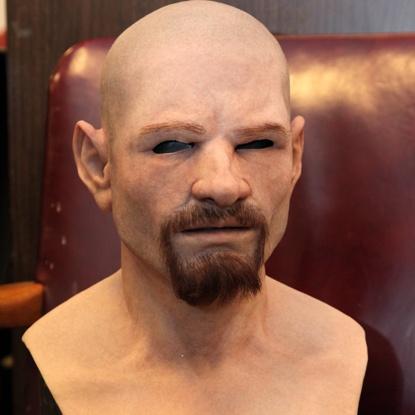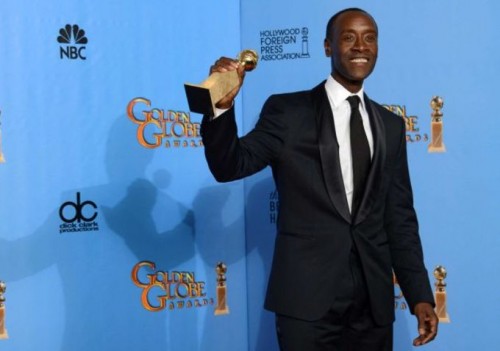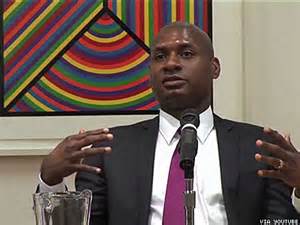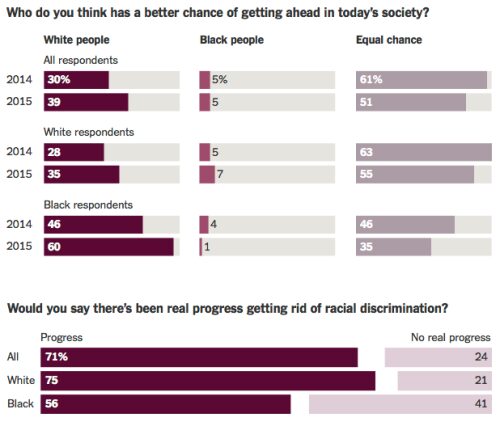Race
Explore Our Online Exhibits
Breaking News
Worldwide Community Events
Week 2
- Sun 26
- Mon 27
- Tue 28
- Wed 29
- Thu 30
- Fri 31
- Sat 1
- Sun 2
- Mon 3
- Tue 4
- Wed 5
- Thu 6
- Fri 7
- Sat 8
- Sun 9
- Mon 10
- Tue 11
- Wed 12
- Thu 13
- Fri 14
- Sat 15
- Sun 16
- Mon 17
- Tue 18
- Wed 19
- Thu 20
- Fri 21
- Sat 22
- Sun 23
- Mon 24
- Tue 25
- Wed 26
- Thu 27
- Fri 28
- Sat 29
- Sun 30
- Mon 1
- Tue 2
- Wed 3
- Thu 4
- Fri 5
- Sat 6
-
26October26October
 8:00 AM - 12:00 AM
8:00 AM - 12:00 AMSailing to Freedom: Maritime Dimensions of the Underground Railroad
Chesapeake Bay Maritime Museum -
27October27October
 All Day
All DaySailing to Freedom: Maritime Dimensions of the Underground Railroad
Chesapeake Bay Maritime Museum -
28October28October
 All Day
All DaySailing to Freedom: Maritime Dimensions of the Underground Railroad
Chesapeake Bay Maritime Museum -
29October29October
 All Day
All DaySailing to Freedom: Maritime Dimensions of the Underground Railroad
Chesapeake Bay Maritime Museum -
30October30October
 All Day
All DaySailing to Freedom: Maritime Dimensions of the Underground Railroad
Chesapeake Bay Maritime Museum30October -
31October31October
 All Day
All DaySailing to Freedom: Maritime Dimensions of the Underground Railroad
Chesapeake Bay Maritime Museum -
01November01November
 All Day
All DaySailing to Freedom: Maritime Dimensions of the Underground Railroad
Chesapeake Bay Maritime Museum01November
-
02November02November
 All Day
All DaySailing to Freedom: Maritime Dimensions of the Underground Railroad
Chesapeake Bay Maritime Museum -
03November03November
 All Day
All DaySailing to Freedom: Maritime Dimensions of the Underground Railroad
Chesapeake Bay Maritime Museum -
04November04November
 All Day
All DaySailing to Freedom: Maritime Dimensions of the Underground Railroad
Chesapeake Bay Maritime Museum -
05November05November
 All Day
All DaySailing to Freedom: Maritime Dimensions of the Underground Railroad
Chesapeake Bay Maritime Museum -
06November06November
 All Day
All DaySailing to Freedom: Maritime Dimensions of the Underground Railroad
Chesapeake Bay Maritime Museum -
07November07November
 All Day
All DaySailing to Freedom: Maritime Dimensions of the Underground Railroad
Chesapeake Bay Maritime Museum07November
Black Harvest Film Festival 2025
Gene Siskel Film Center -
08November08November
 All Day
All DaySailing to Freedom: Maritime Dimensions of the Underground Railroad
Chesapeake Bay Maritime Museum08November
Black Harvest Film Festival 2025
Gene Siskel Film Center08November
-
09November09November
 All Day
All DaySailing to Freedom: Maritime Dimensions of the Underground Railroad
Chesapeake Bay Maritime Museum09November
Black Harvest Film Festival 2025
Gene Siskel Film Center09November -
10November10November
 All Day
All DaySailing to Freedom: Maritime Dimensions of the Underground Railroad
Chesapeake Bay Maritime Museum10November
Black Harvest Film Festival 2025
Gene Siskel Film Center -
11November11November
 All Day
All DaySailing to Freedom: Maritime Dimensions of the Underground Railroad
Chesapeake Bay Maritime Museum11November
Black Harvest Film Festival 2025
Gene Siskel Film Center -
12November12November
 All Day
All DaySailing to Freedom: Maritime Dimensions of the Underground Railroad
Chesapeake Bay Maritime Museum12November
Black Harvest Film Festival 2025
Gene Siskel Film Center -
13November13November
 All Day
All DaySailing to Freedom: Maritime Dimensions of the Underground Railroad
Chesapeake Bay Maritime Museum13November
Black Travel Summit 2025
Grand Hyatt Rio de Janeiro13November
Black Harvest Film Festival 2025
Gene Siskel Film Center -
14November14November
 All Day
All DaySailing to Freedom: Maritime Dimensions of the Underground Railroad
Chesapeake Bay Maritime Museum14November
Black Travel Summit 2025
Grand Hyatt Rio de Janeiro14November
Art & Activism Retreat
Casa Romero Renewal Center14November
Black Harvest Film Festival 2025
Gene Siskel Film Center -
15November15November
 All Day
All DaySailing to Freedom: Maritime Dimensions of the Underground Railroad
Chesapeake Bay Maritime Museum15November
Black Travel Summit 2025
Grand Hyatt Rio de Janeiro15November
Art & Activism Retreat
Casa Romero Renewal Center15November
Black Harvest Film Festival 2025
Gene Siskel Film Center -
16November16November
 All Day
All DaySailing to Freedom: Maritime Dimensions of the Underground Railroad
Chesapeake Bay Maritime Museum16November
Black Travel Summit 2025
Grand Hyatt Rio de Janeiro16November
Art & Activism Retreat
Casa Romero Renewal Center16November
Black Harvest Film Festival 2025
Gene Siskel Film Center -
17November17November
 All Day
All DaySailing to Freedom: Maritime Dimensions of the Underground Railroad
Chesapeake Bay Maritime Museum -
18November18November
 All Day
All DaySailing to Freedom: Maritime Dimensions of the Underground Railroad
Chesapeake Bay Maritime Museum -
19November19November
 All Day
All DaySailing to Freedom: Maritime Dimensions of the Underground Railroad
Chesapeake Bay Maritime Museum -
20November20November
 All Day
All DaySailing to Freedom: Maritime Dimensions of the Underground Railroad
Chesapeake Bay Maritime Museum -
21November21November
 All Day
All DaySailing to Freedom: Maritime Dimensions of the Underground Railroad
Chesapeake Bay Maritime Museum -
22November22November
 All Day
All DaySailing to Freedom: Maritime Dimensions of the Underground Railroad
Chesapeake Bay Maritime Museum -
23November23November
 All Day
All DaySailing to Freedom: Maritime Dimensions of the Underground Railroad
Chesapeake Bay Maritime Museum -
24November24November
 All Day
All DaySailing to Freedom: Maritime Dimensions of the Underground Railroad
Chesapeake Bay Maritime Museum -
25November25November
 All Day
All DaySailing to Freedom: Maritime Dimensions of the Underground Railroad
Chesapeake Bay Maritime Museum -
26November26November
 All Day
All DaySailing to Freedom: Maritime Dimensions of the Underground Railroad
Chesapeake Bay Maritime Museum -
27November27November
 All Day
All DaySailing to Freedom: Maritime Dimensions of the Underground Railroad
Chesapeake Bay Maritime Museum -
28November28November
 All Day
All DaySailing to Freedom: Maritime Dimensions of the Underground Railroad
Chesapeake Bay Maritime Museum -
29November29November
 All Day
All DaySailing to Freedom: Maritime Dimensions of the Underground Railroad
Chesapeake Bay Maritime Museum -
30November30November
 All Day
All DaySailing to Freedom: Maritime Dimensions of the Underground Railroad
Chesapeake Bay Maritime Museum -
01December01December
 All Day
All DaySailing to Freedom: Maritime Dimensions of the Underground Railroad
Chesapeake Bay Maritime Museum01December
-
02December02December
 All Day
All DaySailing to Freedom: Maritime Dimensions of the Underground Railroad
Chesapeake Bay Maritime Museum02December -
03December03December
 All Day
All DaySailing to Freedom: Maritime Dimensions of the Underground Railroad
Chesapeake Bay Maritime Museum -
04December04December
 All Day
All DaySailing to Freedom: Maritime Dimensions of the Underground Railroad
Chesapeake Bay Maritime Museum -
05December05December
 All Day
All DaySailing to Freedom: Maritime Dimensions of the Underground Railroad
Chesapeake Bay Maritime Museum -
06December06December
 All Day
All DaySailing to Freedom: Maritime Dimensions of the Underground Railroad
Chesapeake Bay Maritime Museum
Share
The concept of race is important to America's Black Holocaust Museum because of its impact on the African diaspora. Race is a way of categorizing people by physical features–predominantly skin color. In much of the world, the white (caucasian) race is viewed more favorably than other races. The social construct has been used to justify kidnapping and enslaving African peoples and centuries of racism, including redlining, Jim Crow laws, anti-Black violence, and racial stereotypes about laziness, to give just a few examples.
While race-based arguments for inhumane treatment do not reflect biological reality, especially because someone can be of multiple races, members of the same race may share certain cultural and genetic characteristics. For example, the Black community is disproportionately impacted by Sickle Cell Disease. However, it is important to remember that commonalities between people of the same race do not indicate a genetic or biological component. Instead, racism contributes to environments in ways that can have serious and lasting impacts, especially on Black health and wealth. For example, redlining and lack of money led to many Black people living in areas with more pollution, and those in the medical field do not always provide the same service to Black patients, both of which can impact health.
Because of these inequalities, the Civil Rights Movement and other social, legal, and economic efforts for equality often specifically benefit Black people and other people of color. Race and its impact on the world have also been the topic of interdisciplinary study, and some artists specifically incorporate race--and racism--into their work. Furthermore, race can be a source of pride, sometimes in response to racism and negative stereotypes.
Three Black men have been found guilty of a robbery during which they wore white masks to hide their identities.
Read MoreWhile Black actors have made some strides in Hollywood, they are not being cast in roles that do not have to be Black.
Read MoreAs long as people feel that racism is over and Hollywood depicts racial tropes, we must keep talking about race.
Read MoreAmerica’s Black Holocaust Museum hosted a frank discussion about race that attracted participants of many races.
Read MoreU.S. Army regulations no longer allow the use of a term for Black people that many view as harmful and racist.
Read MoreThe constantly called-for “national conversation on race” is not some grand conclave. We need to stop calling for the it and realize that we are already in it. Charles Blow analyzes FBI Director James Comey’s recent speech re: 3 hard truths – history of law enforcement as oppression, unconscious racial bias and lazy thinking/cynicism by police.
Read MoreWhen Lucy and Maria Aylmer tell people they are twins, disbelief is one response. While their other siblings have a blend of features from their parents, Lucy and Maria are opposites: Lucy has fair skin and red hair, while Maria has caramel skin and dark hair.
Read MoreIn a New York Times poll, nearly six in 10 Americans think race relations are generally bad; four in 10 think the situation is getting worse.
Read MoreFor more than 400 years, the economic, social, and political behavior of Americans has been shaped by ideas about “races” and racial differences. Where did these powerful ideas come from – and are they true? How have your ideas about racial differences been affected?
Read MoreBy Riley Wilson and Shantrelle P. Lewis, Colorlines.com In this point/counterpoint about Nate Parker’s buzzy directorial debut, two Black independent filmmakers wrestle with the notion of seeing more chains, whips and nooses on the big screen. Riley Wilson: “The Birth of a Nation” Didn’t Change the Game …On the one hand, we have a film written, directed, and starring a Black man that tells the story of an enslaved African-American by the name of Nat Turner who led the most successful slave rebellion in U.S. history. On the other hand, we have a film about slavery-again… …(I)f you consider the rapturous reviews of “The Birth of a Nation” and the popularity of Black Lives Matter, a film studio would be silly not to invest in such a project. Black folks fighting for their rights—let alone their lives—is so in right now… …(T)o be quite honest, I cringe every time I see a period film about this topic gain more notoriety than films that speak to the current condition of Black lives… …(T)here are so many other stories to tell. It’s like the only way a film about the Black experience is rewarded is if it’s about the good-ole’ days of slavery… My qualm is not with the success that “The Birth of Nation” has had so far. It’s with the lackadaisical nature of an industry that allows so many great movies from writers and directors of color to fall through the cracks… Shantrelle P. Lewis: Nate Parker’s “The Birth of A Nation” is the Biggest Clapback Hollywood Has Ever Seen …(M)ost of our parents, us and our children have a limited view of history—especially any involving people of African descent. We’re taught that Black history begins with slave ships, cotton gins, beatings, lynchings and rape and ends with segregated buses, water hoses, police dogs and burning crosses. This view has been exacerbated by the predominant images of Black people today, those from the minstrel shows that are reality television programs and the viral videos showing police-sanctioned murders of Black people on social media… Beyond what the sale of Parker’s film signifies,”The Birth of a Nation” is a brilliant clapback against the first movie to use this title, D.W. Griffith’s 1915 Ku Klux Klan propaganda film… …Give me Nat Turner. Give me Toussaint. Give me Dessalines. Give me Nanny. Give me Zumbi. Give me Boukman. Give me Tula. Give me 1811. Give me the Saamaka. Give me Sojourner. Give me Denmark. Give me Harriet. Give me all of them on the big screen, any day, any year from now until forever. Read the full article here. Read more Breaking News here.
Read More- « Previous
- 1
- 2
- 3
- 4
- Next »
